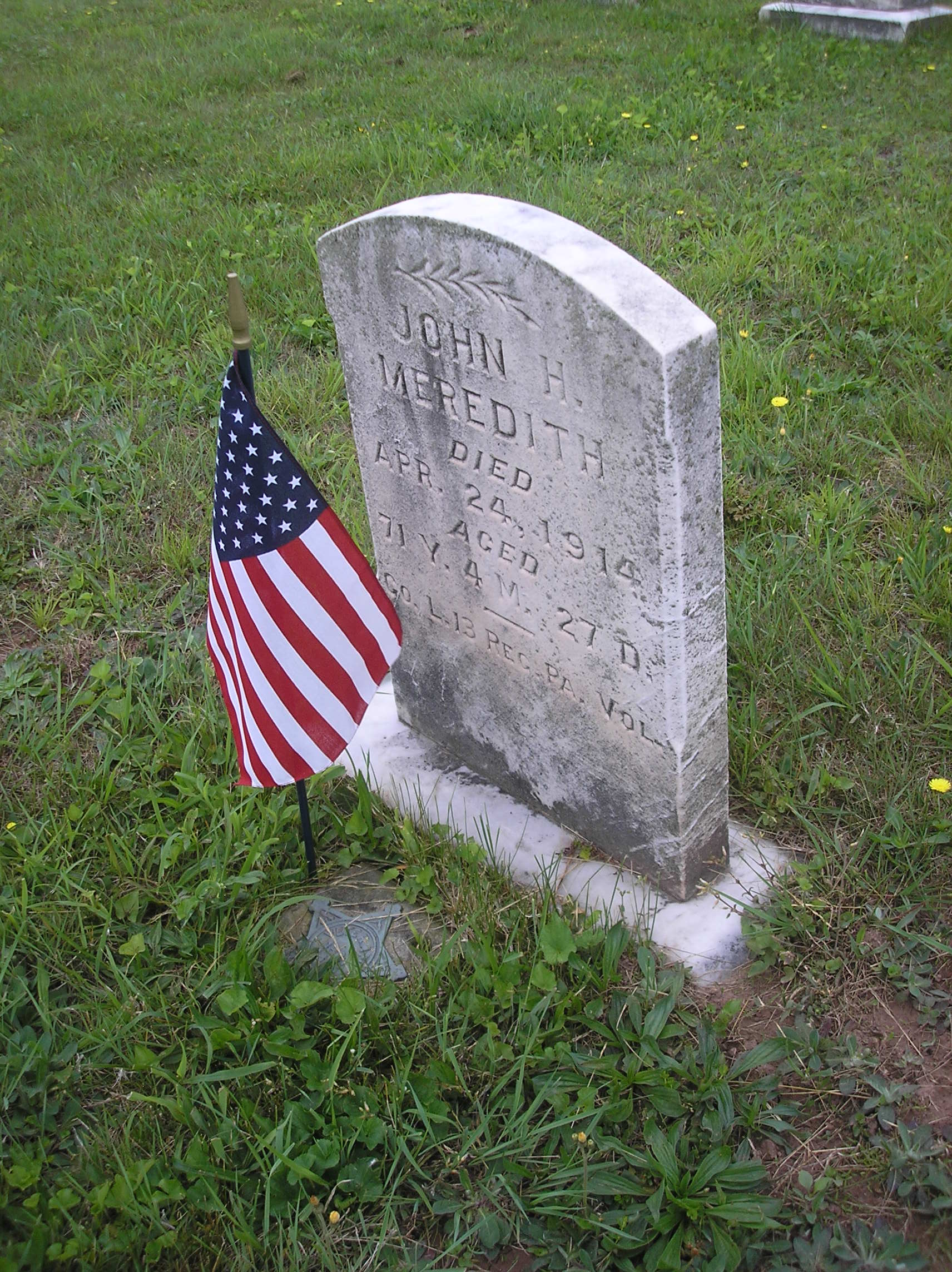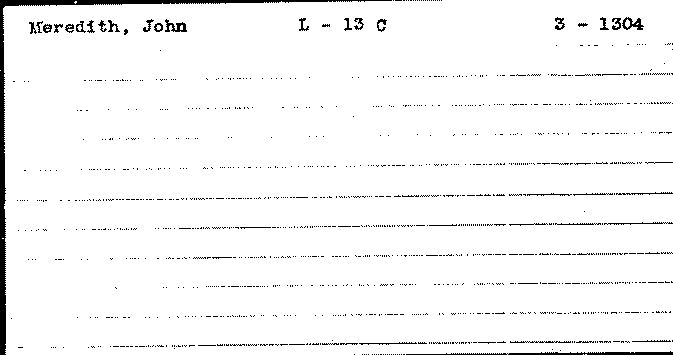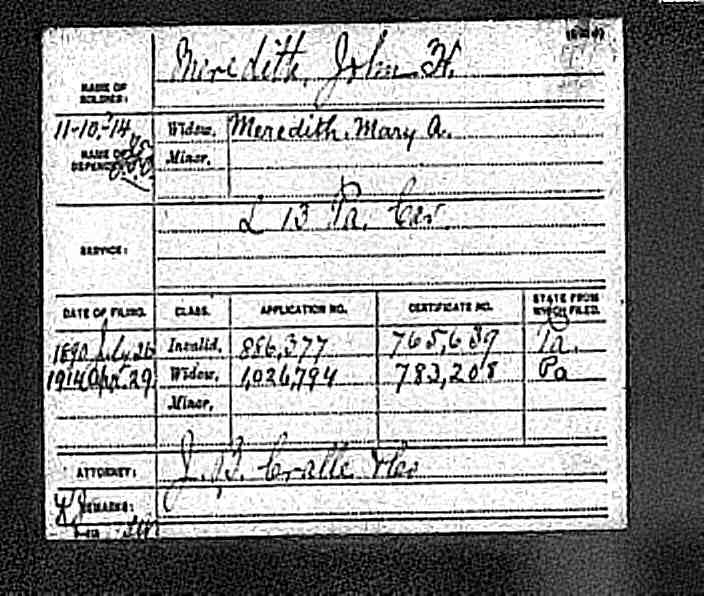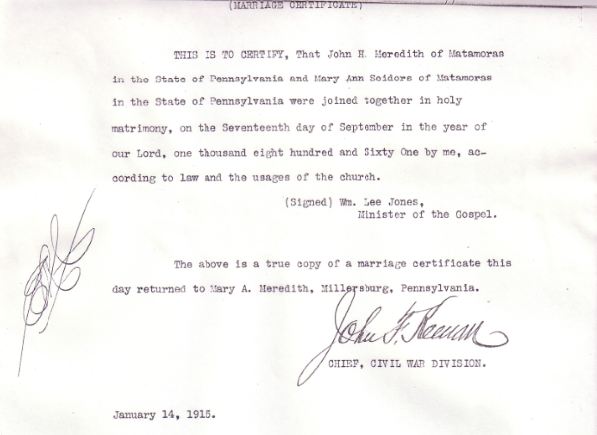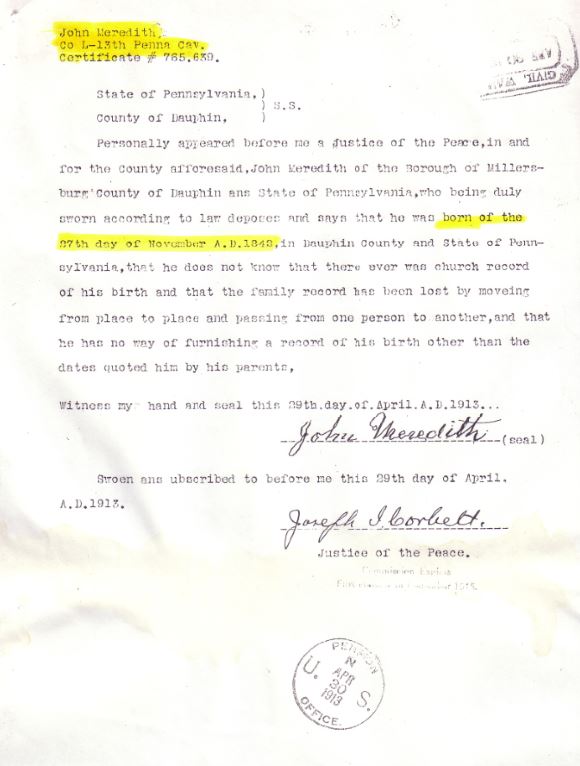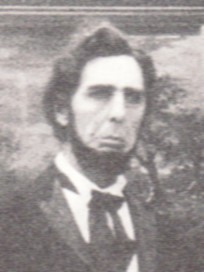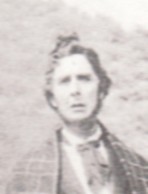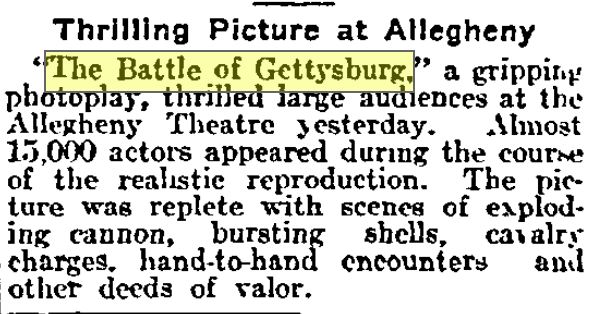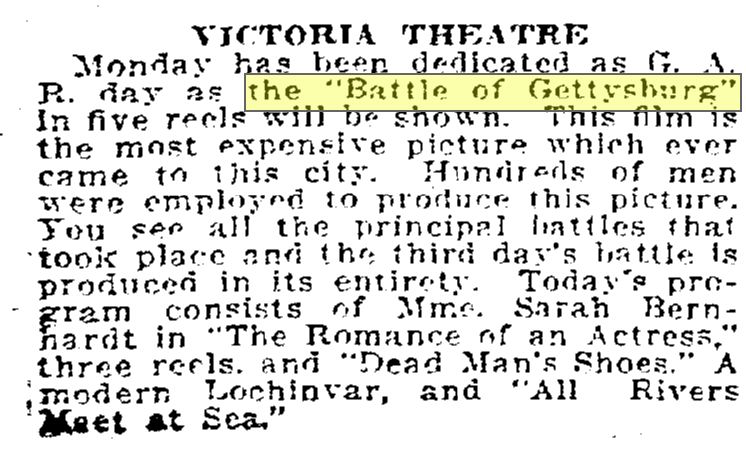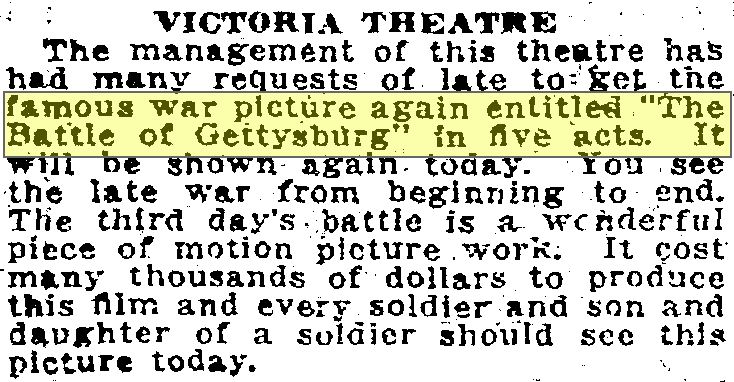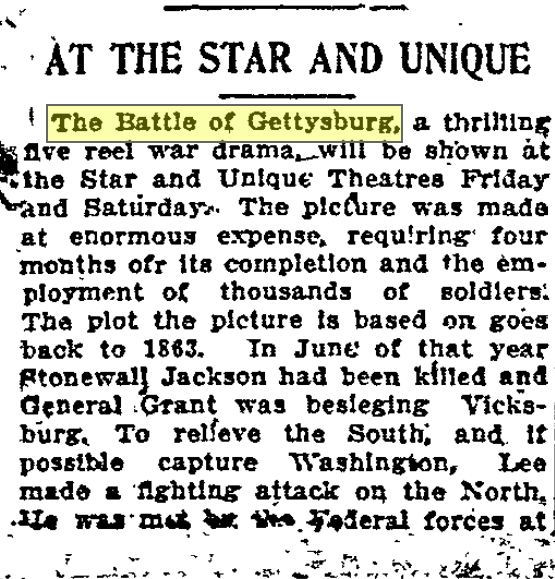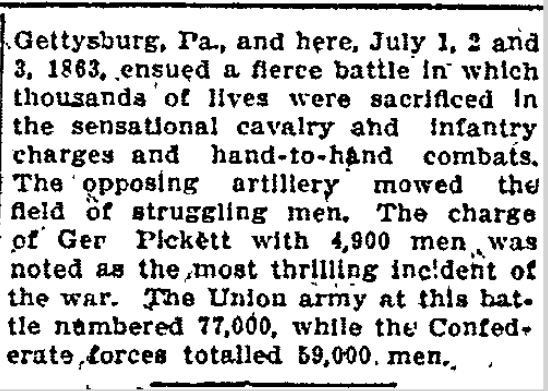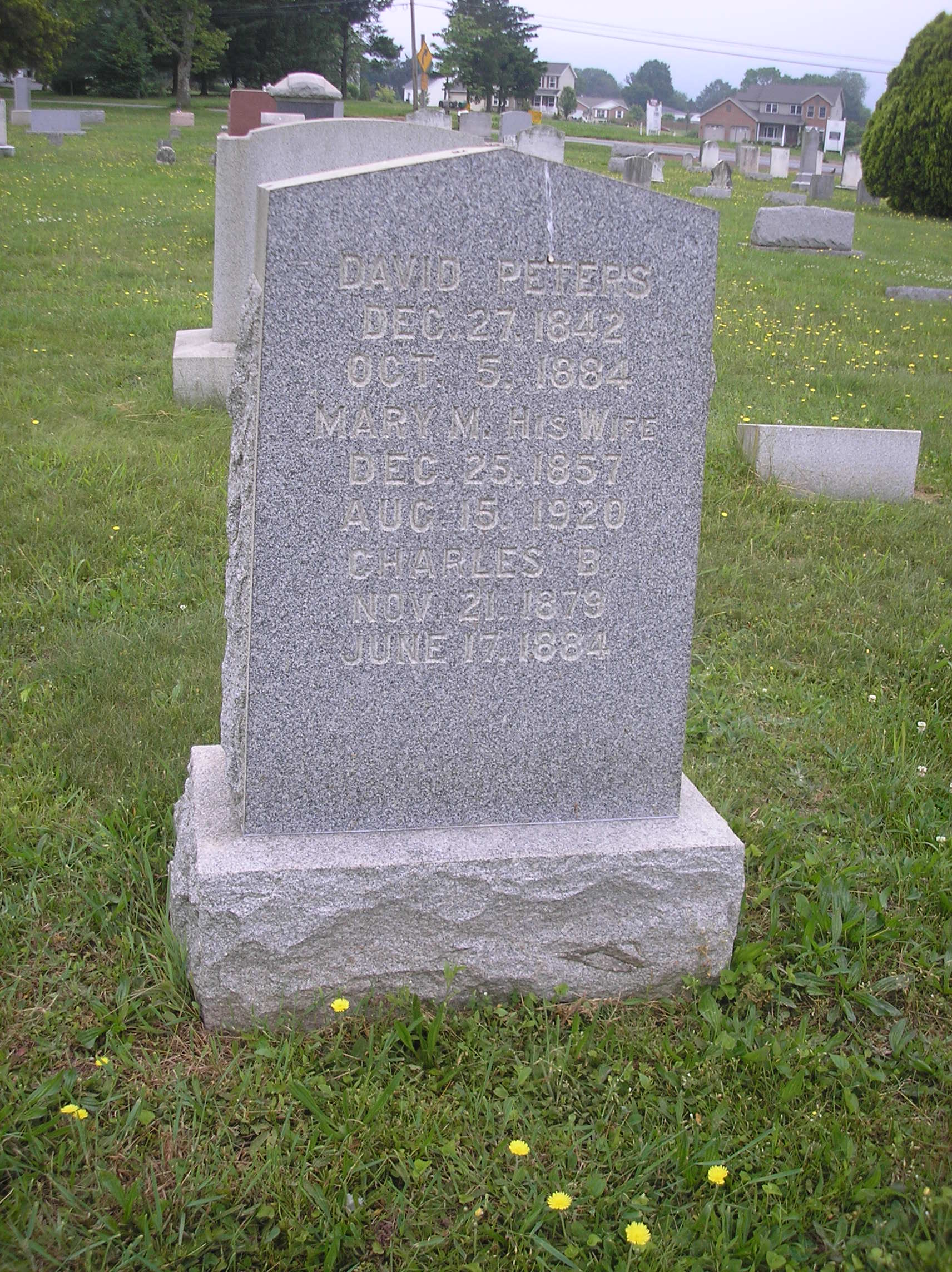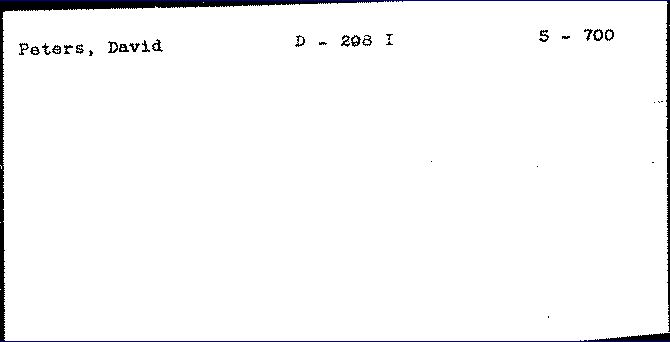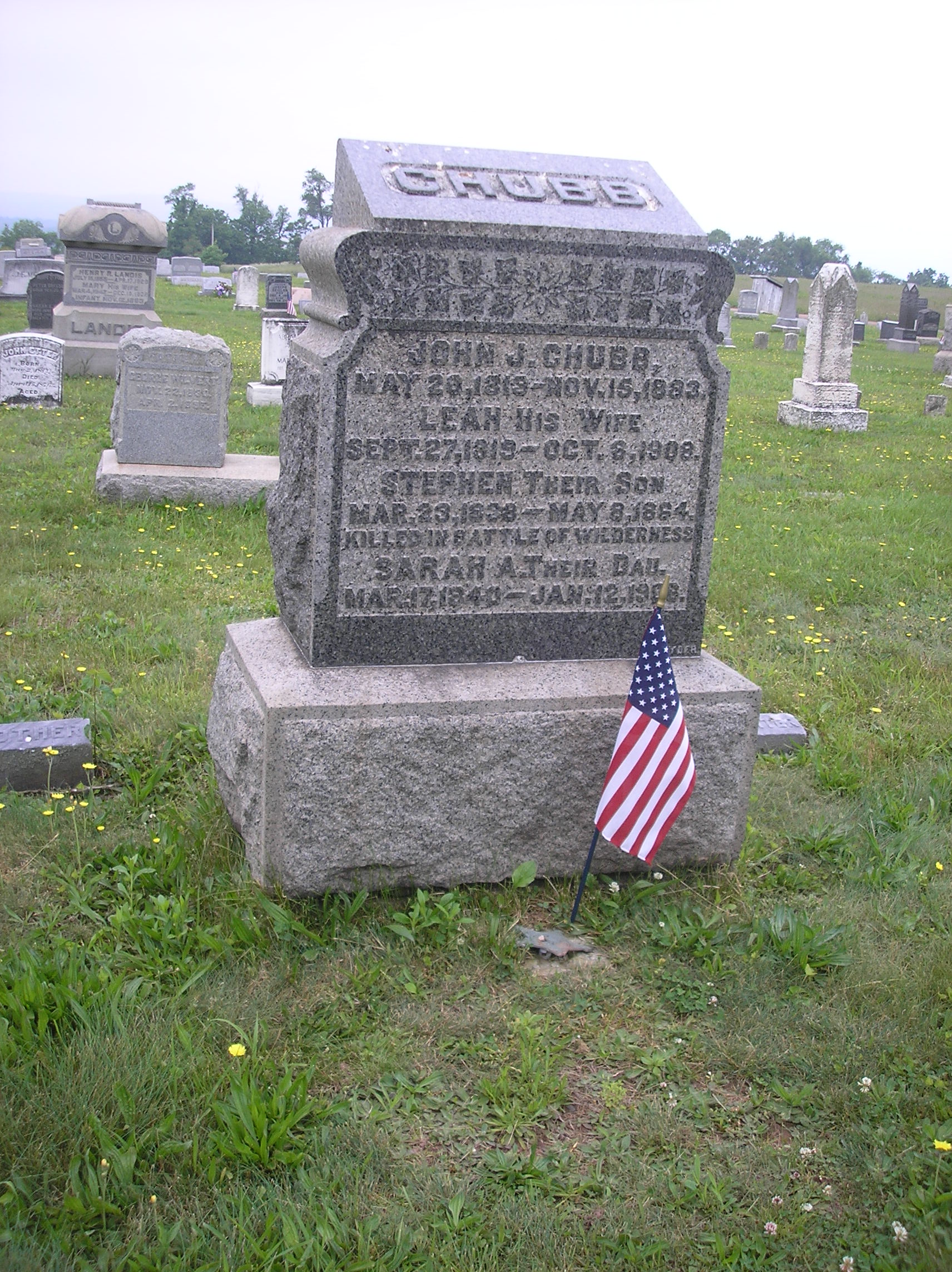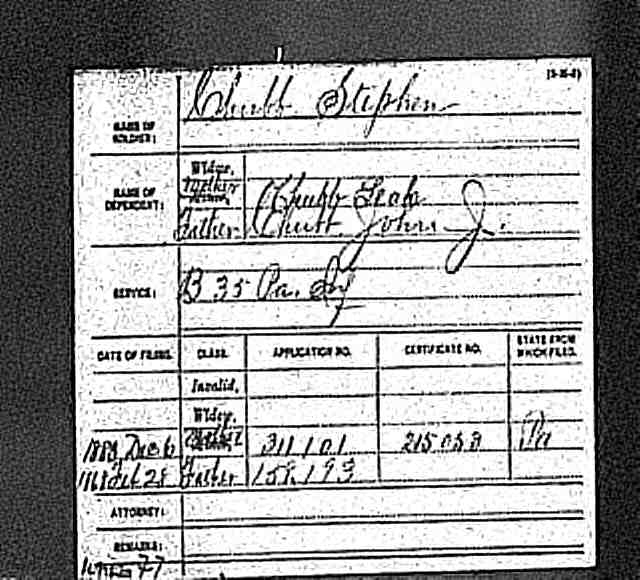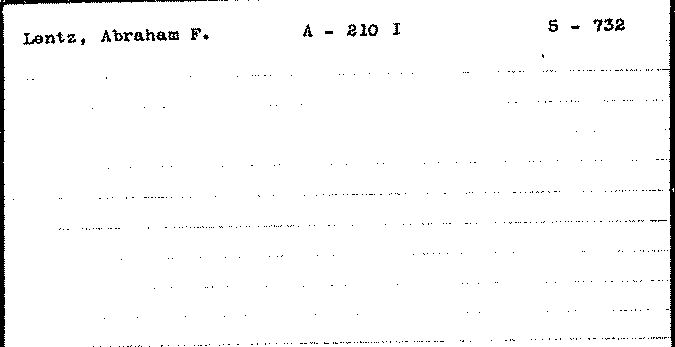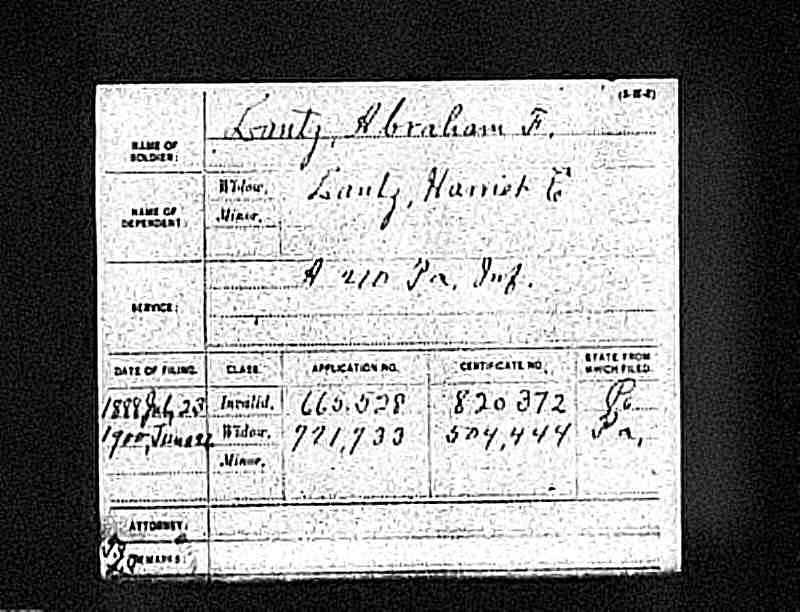John H. Meredith – 13th Pennsylvania Cavalry
Posted By Norman Gasbarro on March 11, 2013
John H. Meredith, Civil War veteran of the 13th Pennsylvania Cavalry, died on 24 April 1914, at the age of 71 years, 4 months and 27 days. So reads his grave stone at Long’s Cemetery, Halifax, Dauphin County, Pennsylvania, Using a date calculator in this case, two results occur – his birth date was either 27 November 1842 or 28 November 1842. An explanation as to why two different birth dates occur from some calculations is found at timeanddate.com. When the smaller units (days) are subtracted first, the result is Monday, 28 November 1842, and if the larger units (years) are subtracted first, the result is Sunday, 27 November 1842. To find his actual birth date, other records will have to be consulted.
In the 1850 Census, John H. Meredith is living with his family in Halifax Township. His parents were Charles C. Meredith, a farmer, and Ann Catharine [Chubb] Meredith, and he had an older brother Joseph R. Meredith (born about 1840), and a younger sister and brother, Mary E. Meredith (born about 1846) and Daniel F. Meredith (born about 1849). By 1860, the father had become a merchant in the township, older brother Joseph was working as a clerk, and John was working as a laborer. Three younger children were in the household: Charles Meredith (born about 1851); Sarah Meredith (born about 1854); and Benjamin Meredith (born about 1858).
When the Civil War began and for a few years into the war, there is no record that John H. Meredith served or attempted to serve. It was not until 8 February 1865 that he enrolled at Harrisburg in the 13th Pennsylvania Cavalry – as a replacement soldier in a regiment that had been reorganized, according to the official history, one year earlier. That official history, reprinted below, highlights the actions of the 13th Pennsylvania Cavalry prior to John’s joining it:
The 13th Cavalry, the 117th Regiment of the line, was recruited in Philadelphia and Pittsburgh to form a squadron of Irish Dragoons to be attached to the Irish Brigade, and was mustered into the U.S. service at Philadelphia in the fall of 1861 for three years’ service. It was ordered to Baltimore and while there was organized into a regiment by the addition of six companies in July, and August 1862. On 24 September it left Baltimore, three companies were posted along the Potomac between Berlin and Edwards’ Ferry on guard duty, and the remaining companies occupied in Loudoun and Jefferson Counties to prevent communication between the inhabitants and the enemy. In February 1863, the 13th was sent to Winchester, where the tenth company joined it in March. Here it undertook many excursions into the surrounding country, often encountering the enemy’s cavalry, and losing a considerable number. At Middletown, on 11 June 1863, it had a sharp engagement and for several days following was active at Winchester, returning to Harper’s Ferry with only half of its members fit for active service. Leaving Harper’s Ferry on 30 June 1863, it joined the Army of the Potomac at Boonesboro on 8 July 1863, and was assigned to the 2nd Brigade, (Col. J. I. Gregg) of Gen. D. McM. Gregg’s Division, with which it encamped at Amissville and Jefferson and was engaged at Culpeper in September 1863. After a month at Catlett’s Station, it returned to Culpeper, where it received a new company from Huntingdon County. It then moved to Jeffersonton, where it was attacked in October, and forced to retire. Two more companies from Huntingdon County joined the regiment in November, as it returned from Mine Run, and the command was assigned to duty along the Orange & Alexandria Railroad near Bristoe Station during the winter of 1863-64. The regiment was reorganized on 8 February 1864, twelve companies being formed from the original fifteen. In the Wilderness Campaign it was on duty with the 9th Corps at the rear until 5 May 1864, when it went into action and was with the advance of the army for a number of days. It rejoined the brigade at White’s Tavern on May 26, and shared in the expedition of Gen. Sheridan toward Richmond, being engaged at Haw’s Shop. The next action of importance was at Trevilian Station in June 1864, followed by fighting at Jones’ Bridge, and Samaria Church. In July, it went to the support of Wilson’s cavalry as it returned from the Danville Railroad, after which it shared in the raid on the Jerusalem Plank Road and a movement to Lee’s Mill. A detail of 50 men, engaged in guarding supplies of the commissary department, was captured by a large force of Confederates. In September 1864, the regiment was closely engaged at Wyatt’s Farm; fought in the several engagements at Hatcher’s Run and Dabney’s Mill, where Gen. Gregg was wounded.
It is at this point, that John H. Meredith, after being mustered in at Harrisburg on 14 February 1865, was sent to join the regiment. The history of the 13th Pennsylvania Cavalry from that date would include his experiences – but he certainly would have been aware of the past actions as there were a sufficient number of veterans in the regiment who could have relayed the regiment’s history and sacrifice to him:
[The 13th Pennsylvania Cavalry] was ordered to Wilmington, N. C., in February 1865, thence to Elizabethtown where it reported to Gen. Sherman and became a part of the 3rd Brigade, Kilpatrick‘s Division, Col. Kerwin, being placed in command. After the surrender the 13th was posted at Fayetteville to clear the country and preserve peace. On 14 July 1865 it moved to Raleigh and was mustered out on the same day.
The regimental and company records confirm that John H. Meredith was mustered out with his company – on 14 July 1865. Thus, John’s experiences, while being part of a regiment that had a difficult history during the war, did not parallel that history. However, he could claim that he served under Gen. Hugh Judson Kilpatrick – although in a mop-up, clean-up, or peace-keeping capacity.
In 1861, John H. Meredith had married Mary Ann Seiders at Matamoras, Dauphin County, and several known children were born of this marriage: Arabelle J. “Belle” Meredith (born about 1865); Margarette A. “Maggie” Meredith (born about 1870); and Charles S. Meredith (born about 1872). In 1870, the family was living in Halifax Township, where John was working as a laborer. Census returns for John and his family have not yet been seen for 1880 or 1890, but in 1900, the family appears in Harrisburg, where John was working as a laborer in a machine shop, and son Charles, unmarried, was living in the household and working as a house painter. By 1910, John had retired and was living on his “own income” (his Civil War pension), and in his household were his wife Mary Ann, son Charles, who was still working as a painter, and daughter-in-law Bertha M. Meredith, who, according to the census information had married Charles two years prior.
Having served during war-time for approximately six months, John H. Meredith eventually became eligible for a pension. In 1890, when old age became a valid reason for the awarding of a pension, John H. Meredith applied and as the Pension Index Card shows (see above, from Ancestry.com), a pension was awarded. Likewise, when John died in 1914, his widow became eligible. As part of her application, she not only had to prove that she was married to John but also that she was married to no one else and that John had been married to no one else. The “marriage certificate” that she submitted (below) became part of the pension file – and shows one of the types of information that can be obtained from these files, which are kept at the National Archives in Washington, D.C.
Finally, the matter of the actual birth date of John H. Meredith can be resolved from information in his pension application file. Was he born on 27 November 1842 or 28 November 1842?
The official statement (above), made about one year before he died, and signed by John H. Meredith and Justice of the Peace Joseph Corbett at Millersburg declares that he was born on 27 November 1842, and that he was unaware of any church record made – and that the family record was lost by “moveing” from place to place.
Additional information is sought on John H. Meredith – particularly family histories and stories – and pictures, if available. Add comments to this post or e-mail the Project.
—————————
The Pennsylvania Veterans’ Index Card (shown above) is from the Pennsylvania Archives, and gives the Bates reference (Vol. 3, page 1304) where further information about John and the 13th Pennsylvania Cavalry can be located.
 ;
;
